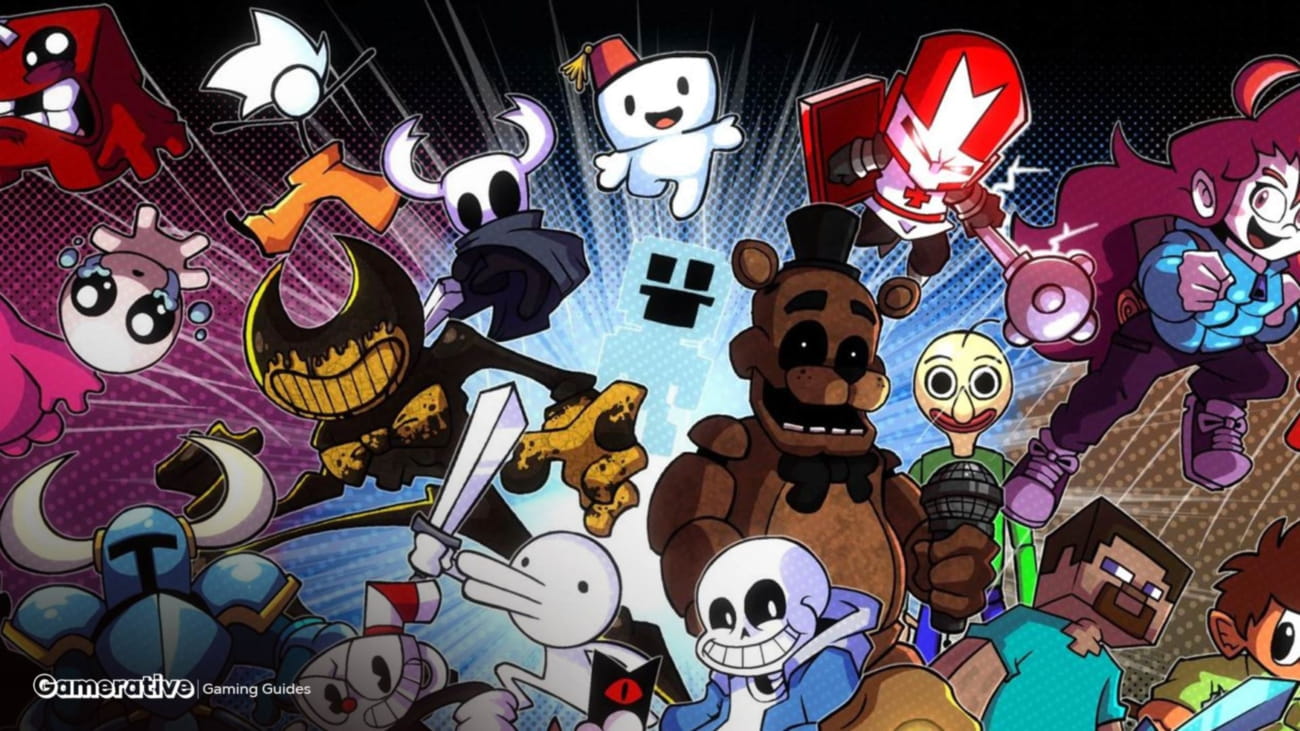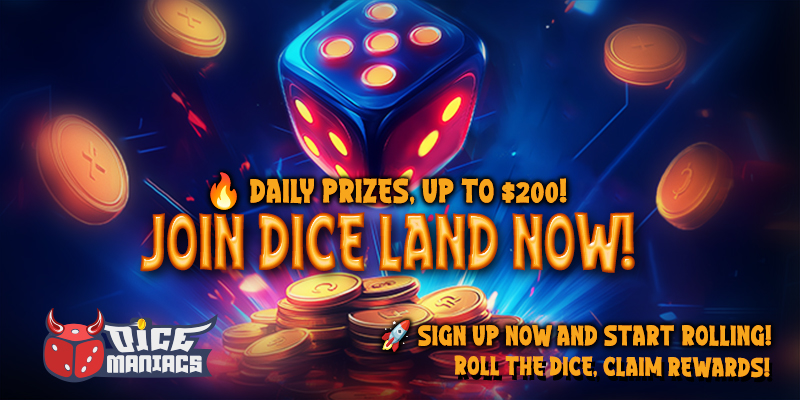A few years back, we stumbled upon a game called Stardew Valley. It wasn’t hyped up by big publishers or plastered across every gaming billboard, but it quickly found a place in our hearts and in the hearts of millions. That’s the magic of indie games: titles built with passion, creativity, and often a shoestring budget, yet somehow breaking through the noise. Today, indie games are everywhere. People talk about them at game nights and in Discord channels alike, not just as quirky alternatives but sometimes as the real main event. Let’s explore the question “What are Indie games?” as well as what makes indie games so captivating, how they’re made, and why they matter more than ever.
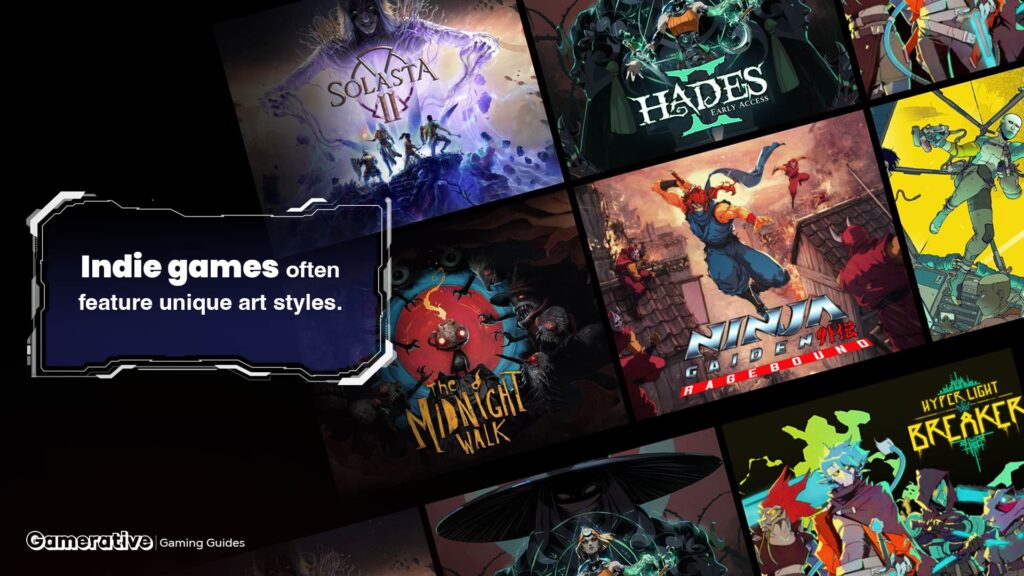
What Are Indie Games?
You’ll hear lots of definitions floating around, but “indie games” usually means games made by small, independent teams (or even solo creators), without the backing of giant publishers. What really sets indie games apart is creative freedom. Developers own their choices, risk everything on wild ideas, and don’t have to play it safe for mass appeal. AAA games, with their blockbuster budgets and massive teams, might dominate sales charts, but indie titles often win us over with fresh ideas and more direct connections to their creators.
1. Introduction: Why Everyone Is Talking About Indie Games
Every time we browse a digital store, it feels like there’s a new indie gem waiting to surprise us. Indie games have reshaped gaming itself; they’re launching innovative trends, winning big awards, and building passionate communities. In this article, we’ll walk through what makes an indie game, how they’re built, and why they aren’t just a sideshow to the industry, but its most creative heartbeat.
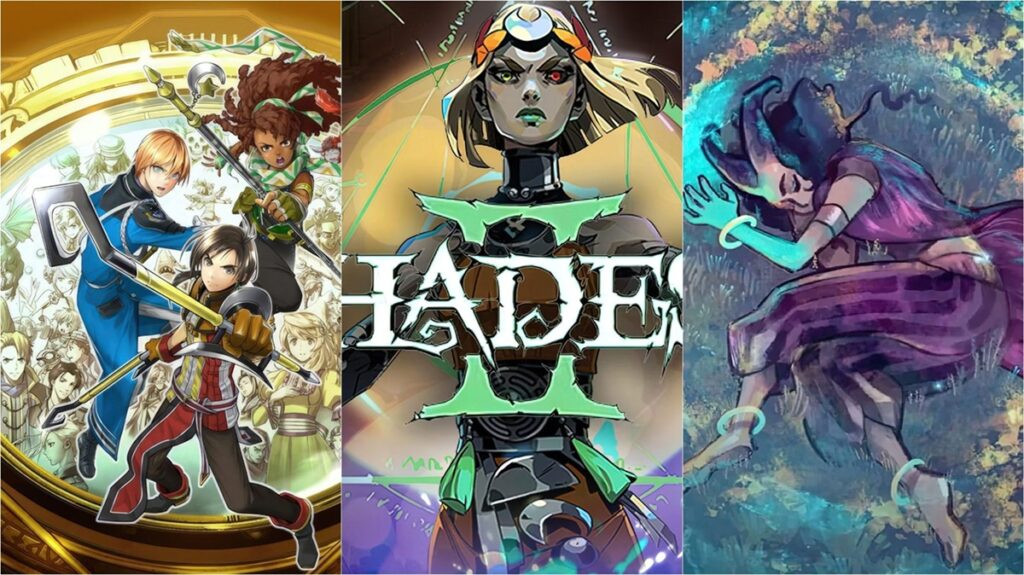
- Experimental gameplay and personal storytelling.
2. What Does “Indie” Mean in Gaming?
Looking at indie games, it’s not just about the budget. To find the answer to “what are Indie games?” know that these are games where developers call the shots; no corporate overlords, usually no outside investors telling them to make sequels or slap on microtransactions. Some of the best indie titles are the work of just one or two people wearing all the creative hats. Unlike AAA games, indies can afford to take risks, explore niche topics, or embrace oddball mechanics that big teams might shy away from. This is where we find true “independent games”: intimate, scrappy, and fiercely original.
3. The Indie Game Development Process
Making an indie game is often more about heart than hardware. Small teams, sometimes just a couple of friends after work, pour personal stories and bold ideas into their games. Many use accessible engines like Unity, Unreal, GameMaker, or Godot. Thanks to digital distribution, they can skip costly retail and jump straight to Steam, itch.io, or even the Nintendo eShop. We’ve seen devs share work-in-progress builds on Twitter, listen to community feedback, and invite players in from day one.

- Titles like Hollow Knight raised the bar for quality.
4. What Sets Indie Games Apart? Key Features and Strengths
To further realize the answer to “what are Indie games?” it is best to understand what distinguishes them from other games. What we love most about indie games is their unpredictability. They’re brave with art styles, experiment with new mechanics, or dig into themes no one else will touch; think Celeste’s heartfelt platforming or Undertale’s quirky humor and subversive twists. These games might look simple on the surface, but dig deeper and you’ll find something raw, personal, or utterly new. Few AAA titles can match that sense of discovery.
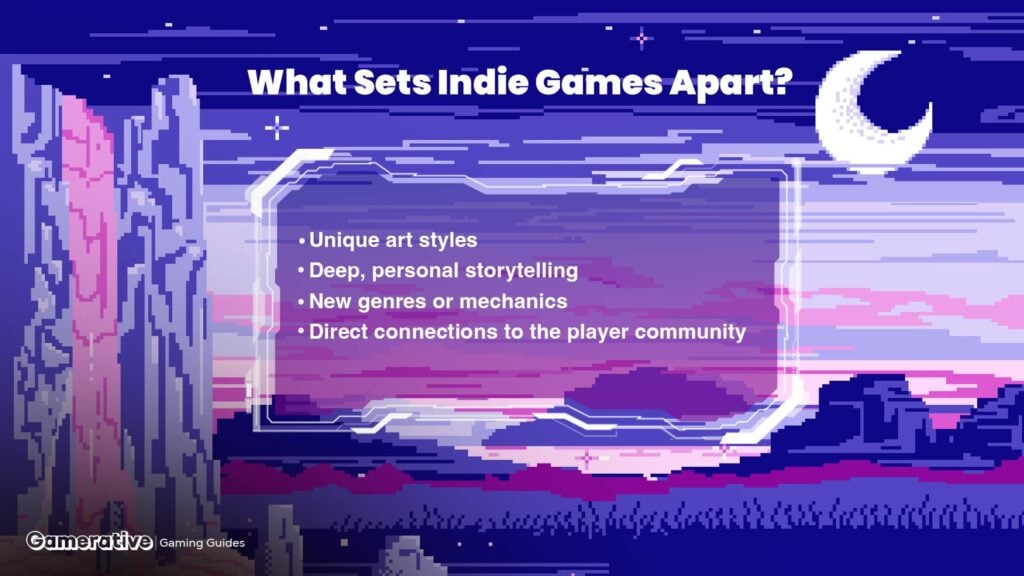
5. How Do Indie Games Reach Players? (Publishing & Platforms)
Back in the day, indie devs had to literally burn discs or beg for publisher attention. Now, storefronts like Steam, itch.io, and console digital shops are full of independent games. Crowdfunding on Kickstarter, devlogs on YouTube, or even a viral post on X can make or break a release. Social media isn’t just a marketing tool; it’s how indie studios build real, grassroots relationships with fans.
6. Indie Game Success Stories: Hits That Changed the Industry
Now that we have an idea of what are Indie games, we must also know about their numerous successes, especially in recent times. The past decade has been bursting with indie breakouts. We saw Celeste sweep up awards for its personal storytelling and accessible gameplay. Undertale became the stuff of internet legend with its unique battles and memorable characters. Stardew Valley captured our farming dreams. Hollow Knight hooked us with its haunting world, and Hades redefined roguelikes with style and myth. Each stands out not just for gameplay, but for how it inspired new creators and sometimes even shook up the big-budget scene.
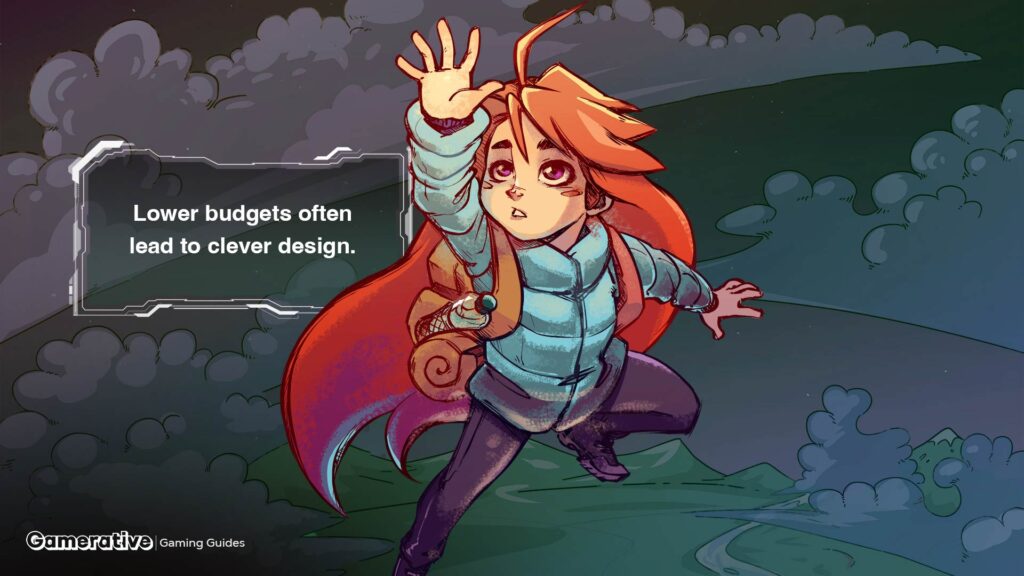
7. Challenges Indie Developers Face
Indie devs aren’t swimming in cash or army-sized teams. They often juggle day jobs, deal with stretching tiny budgets, and face the uphill battle of getting seen in a crowded marketplace. Stress and burnout are real hurdles. On the flip side, we’ve watched devs support each other through game jams, online forums, and open collaboration. There’s a real sense of community; one person’s success can lift the entire scene.
8. Why Indie Games Matter: Impact and Influence
Continuing our discussion about “what are Indie games?” innovation often starts where the pressure is lowest and the passion is highest. Indie games push boundaries; whether it’s inventing new genres, telling unheard stories, or trying control schemes nobody’s used before. Even the biggest studios sometimes borrow what indie devs pioneered. That’s how independent games keep the whole industry fresh and full of surprises.
9. How to Find and Support Great Indie Games
Want to dive in? We keep an eye out for indie showcases (think Steam Next Fest), scan Steam’s “Indie” tag, and browse sites like itch.io or Xbox’s indie highlight sections. Chatting with creators on Discord or X (Twitter) lets you hear stories straight from the source. And whenever we finish an indie gem, leaving a review or sharing clips with friends makes a real difference. Sometimes, even a single share can boost a developer’s entire journey.
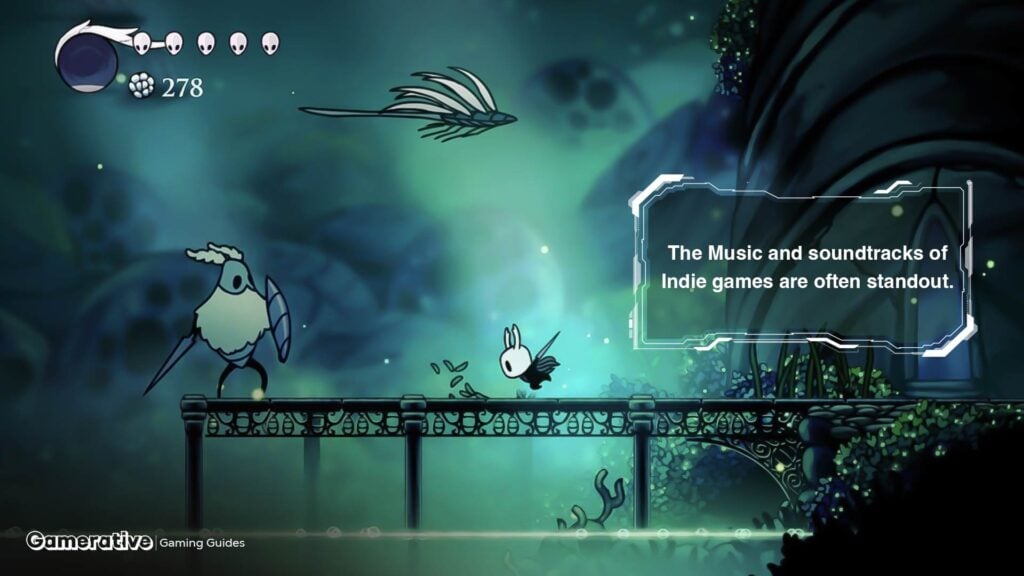
10. Summing Up: The Ever-Evolving World of Indie Games
What are Indie games? Indie games remind us why we fell in love with this hobby: pure creativity, wild experimentation, and genuine connection. As the scene grows, so does our excitement for whatever’s next. We’d love to know: what’s your favorite indie game discovery, or a story with an indie developer that stuck with you? Share your picks and memories in the comments so we can all keep finding new indie adventures together!
Learn about the inside out of video games world and industry via Gamerative.
FAQs About Indie Games
Q1: Can a game made by a big company be “indie” if it feels creative?
No, true indie games are made without big publisher funding or control. Some big studios mimic indie styles, but they’re not really “independent games.”
Q2: Are all indie games pixel art or retro-looking?
Not at all! While some use pixel art for charm or budget reasons, others use stunning 3D graphics, hand-painted worlds, or even live-action footage. Indie style is all about uniqueness.
Q3: Is it possible to make a living by making indie games?
It’s tough but possible, especially if a game takes off. Many indie devs start by building a small community, launching on platforms like Steam, or using crowdfunding.
Q4: How can I join the indie game development community as a beginner?
Try making a small project in Unity, Godot, or GameMaker, join free game jams (like Ludum Dare), and chat in dev Discords or forums. Many creators love helping newcomers get started.

